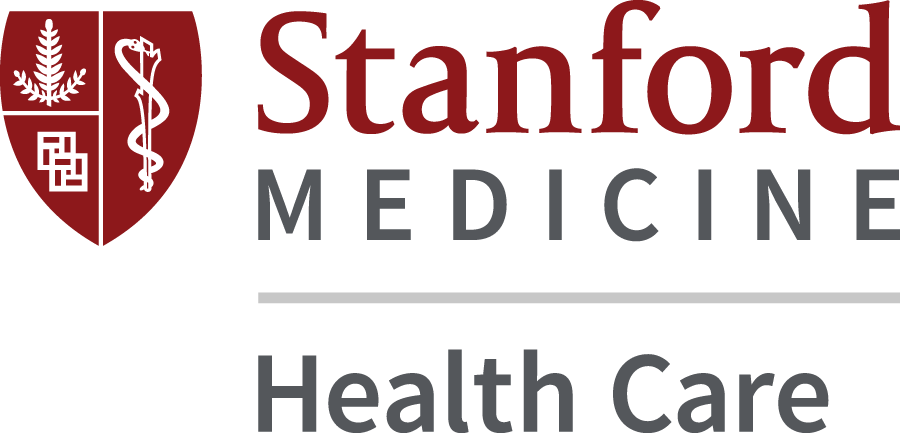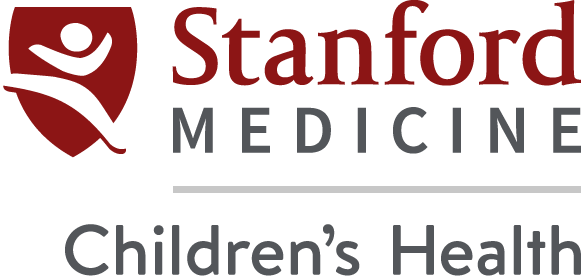Do you ever wonder if all the talk about blood pressure is really relevant? The unequivocal answer: “Yes, it’s vitally important,” says Kathy Berra, clinical director of the Stanford Heart Network at Stanford University School of Medicine. HealthySteps talked with Kathy to learn the what, why, and what do I do about my blood pressure — insights worth reviewing by us all.
Why does blood pressure matter?
High blood pressure, also called hypertension, can lead to significant health problems — including heart attack, stroke, heart failure and kidney failure. Serious complications secondary to uncontrolled high blood pressure leading to a stroke generally include permanent and significant disability. While blood pressure increases as we age, it also can affect us in our younger years. Thus, we are all at risk for hypertension: men, women, all ages and all ethnicities.
How many Americans have high blood pressure?
Approximately 30% of the American adult population has high blood pressure — equivalent to 65 million Americans. The American Heart Association estimates that 90% of all American adults are at risk for elevated blood pressure during their lifetime.
Why is it called “a silent killer”?
High blood pressure is called “a silent killer” because there are generally no symptoms even when your blood pressure is high and uncontrolled. Unnoticed and untreated, high blood pressure can kill you. Many people assume you will get a headache or some other kind of signal when blood pressure is high. Unfortunately, this is rarely the case. Often, the first sign of unknown or untreated high blood pressure is a stroke, a heart attack, or kidney disease.
The term “pre-hypertension” doesn’t sound serious. Why should I understand the definition and pay close attention to this diagnosis?
The word pre-hypertension is used to define a blood pressure level — such as a systolic blood pressure (the top number) of 135 mmHg — that has not yet reached the level at which medication may be recommended. However, it is well known that as blood pressure rises even slightly above 120 mmHg (the ideal systolic blood pressure number), we are increasingly at risk. Thus, blood pressure between 120 and 139 is often referred to as “pre-hypertension” — a warning sign that you need to pay careful attention to your lifestyle in order to control your blood pressure.
Attending to lifestyle and management of risk factors for hypertension can, in some cases, help you avoid taking a medication. More importantly, such lifestyle management might help you avoid requiring multiple medications to control your blood pressure.
What number(s) should I watch?
Both the top and bottom numbers are important to watch. The top number is called systolic blood pressure — the pressure exerted by the heart when it squeezes to pump blood to the rest of the body. The bottom number, diastolic blood pressure, is the pressure in your vascular system (blood vessels) during the phase when the heart is resting. You want to make sure the heart only pumps as hard as it needs to pump to get blood out to your body, and you need to control the pressure exerted against the heart when it is trying to rest. Therefore, both numbers are important. The number that generally guides medication management is the top number, or the systolic blood pressure.
Where can I check my blood pressure?
The best way to check your blood pressure is to check it yourself. There are excellent blood pressure monitoring kits (digital) that you can use at home. Such home devices are recommended for anyone who has pre-hypertension or for anyone who knows they have high blood pressure or are being treated for it. You are the best person to check your blood pressure. When you check it at home, make sure that you choose a monitor that is recommended by your physician or your pharmacist. The finger or wrist monitors, which tend not to be as accurate, are generally not recommended for home use.
One of the most important features of getting the right blood pressure monitor is to find a cuff that is right for you. In order to do this, you need to know the circumference of your upper arm, which you can measure (with a tape measure). If your upper arm is between 8 1/2 and 10 inches, you need a small adult cuff. If your upper arm is between 10 1/2 and 13 inches, you need a regular adult size cuff. If it is between 13 1/2 and 17 inches, you would need a large adult cuff.
How do I start?
Taking your blood pressure does take some practice, and doing it correctly will better guarantee that the readings are accurate.
- Make sure that you wait about 30 minutes after drinking alcohol, smoking a cigarette, or exercising before you take a reading.
- Make sure you sit and rest for 5 minutes before taking the reading.
- Do not sit with your legs crossed. Rest your arm at your heart level on a table.
- Measure your blood pressure in both arms the first time you use a monitor, and then use the arm with the highest reading for all future measurements.
- When you initially start taking your blood pressure, you might want to check it twice per day – but for only 7 days. Take a couple of readings in the morning and the evening. Each reading should be about 2 minutes apart — to get a good idea of your baseline. After the first week of baseline measurements, you don’t need to take your blood pressure as frequently: a couple of times per week is usually fine.
- Keep a written record of your blood pressure so that you can take it along to show your health care provider at your next visit.
How can I help avoid high blood pressure?
- Exercise every day.
- Lower your sodium intake. Guidelines suggest 1,500-2,300 mg a day for most adults. If you have high blood pressure, are African-American, or you are over 50 years old, a lower sodium intake is advised. The recommended level depends on your risk factors, ethnicity, and other factors. Check with you health care provider about your personal risk for high blood pressure. The kinds of foods you should limit include highly salted meats (such as corned beef and hot dogs and sausages), canned fish (except those marked as low in sodium), pickles or other foods that are pickled, and salad dressings with high sodium content. It is really important to read labels, as is amazing how quickly your sodium intake can add up. Other foods you might want to limit include soy sauce, barbeque sauce, Worcestershire sauce, pre-packaged and frozen foods, and canned soups (except for those that are specifically low in sodium). Cheeses and salted snacks also tend to be higher in sodium.
- Manage your weight. In addition to exercising, avoid foods that are high in fat, such as high-fat meats, and minimize carbohydrates. Instead, create a healthy plate that contains a lot of vegetables, whole grains and lean protein. Make sure you drink plenty of fluids, such as water, and try to avoid alcohol.
… and if I do have high blood pressure?
Awareness and management of blood pressure are two of our most important jobs as adults. Although many of us are aware of our blood pressure, the control rate in the U.S. is dismally poor. It was estimated in 2010 that only 46% of all adults who knew they had high blood pressure and were taking blood pressure medicines had a well-controlled blood pressure. Here are a few ways to improve this statistic!
- Make sure you monitor your blood pressure on a regular basis and take those numbers with you to your health care provider.
- Make sure you understand how to take your medicines and make sure you take them on a regular basis. It is estimated that almost half of all prescriptions written by providers are not filled once an individual walks out of a health care visit. If you have any concerns about medications that you have been prescribed, talk to your provider: Blood pressure medication can be life-saving!
For additional information, download this pamphlet: Blood Pressure: How Do You Measure Up?


